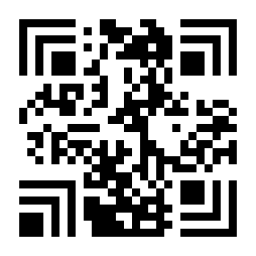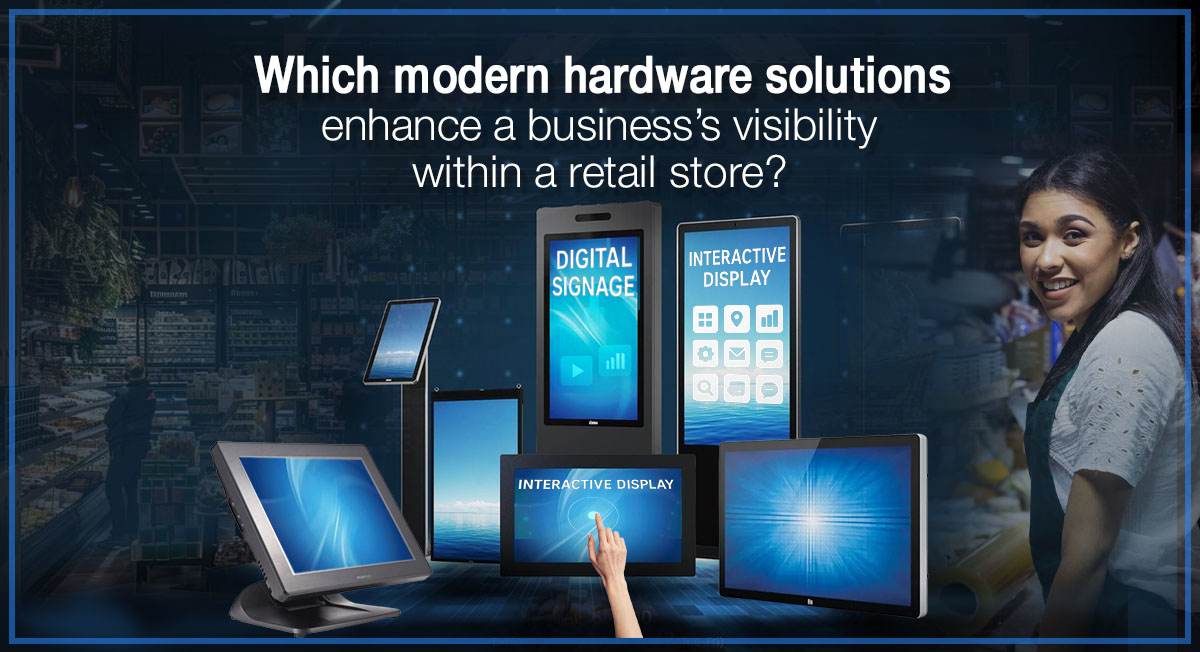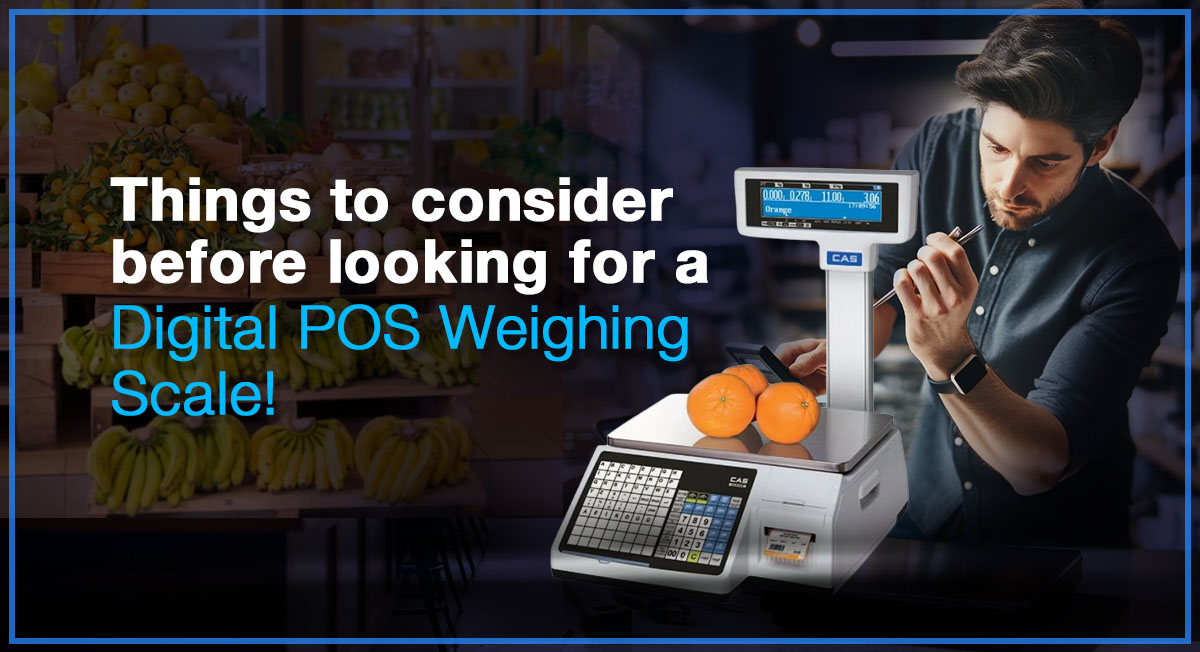Evolution of POS Bar-code scanner

Published by - OP Team on February 16, 2019 Blog
With the onset of consumerism, and more and more businesses creating a network of stores and franchises, barcode scanners have become an integral part of any retail store. The lines visible on the products help businesses track an overwhelming amount of information from its movement to availability and can contribute massively to how efficiently a business is being conducted.
What is a POS Bar-code Scanner?
It all began in 1974 when barcodes first appeared on the back of a pack of Wrigley Company’s chewing gum. They have come a long way since then.
Bar-code scanners are electronic devices that with the help of a light source such as a photo conductor, are able to translate printed barcodes to an output unit such as a PC or a Point of Sale device. Once the item is scanned, the information on the item can be retrieved on the output port.
They are used for stock take, to track availability of a product and the centralized recording in a computer system which can help in intelligent analyses of product behavior and patterns. The possibilities are endless.
How do they work?
There are three components to a barcode scanner. The first is an illumination system that illuminates the code with a red light and converts it into a matching text.
The second component, the sensor generates and transmits an analog signal to the decoder by detecting the light reflected by the red light.
The third component, the decoder as the name suggests, decodes the barcode into a text.
Depending on the type of industry, some scanners might be better suited to a particular industry than others as there is a diverse range of scanners available today with diverse capabilities.
Types of Barcode scanners
Linear/ One Dimensional Barcode scanners

They are the most primitive versions and are mostly obsolete. Laser Scanners: similar to a pen-type, use a photodiode but uses laser beams instead. These are very popular with the retail sector as it allows scanning from a distance.
CCD Reader: available in short and long ranges they comprise of many light sensors. These lights sensors imitate the pattern of the barcode and send the decoded information to the output unit.
2D Barcode scanners
As the information that needs to be translated gets more sophisticated, there are more advanced Barcode scanners like the 2D that are able to process complex information and decode on the PC or POS terminal. Depending on the requirement of the amount of information that needs to be decoded, like the price, quantity, web address, image etc., the 2D scanners are able to decode all of the above information onto the output unit. Hence, in comparison to the manufacturer’s and item’s id, a 2D scanner can convey a whole lot more. The 2D scanner reads out of a 2D barcode. 2D scanners are seeing some very fast progress with many sophisticated options coming out like camera based readers and also smartphone/ cellphone compatible camera scanners.
Omi-Directional: best suited for damaged, ill legible barcodes. Their technology lets barcodes to be scanned in any angle. Sliding the barcode across a glass plate is a popular one that you get to see in supermarkets and retail stores.
Video Camera Readers : Camera readers are installed with camera and are able to process images. Hence, this technology is being adapted for the smart phones today where a barcode scanner is available to every smart phone user.
With the pace at which the world is moving, many more uses of this technology will not be surprising. We might see a day soon where barcode technology may enter into home management as well. The potential is endless.
Appendix
http://www.sabarcodes.co.za/2013/05/10/the-evolution-of-barcode-readers-scanners-and-imagers/





